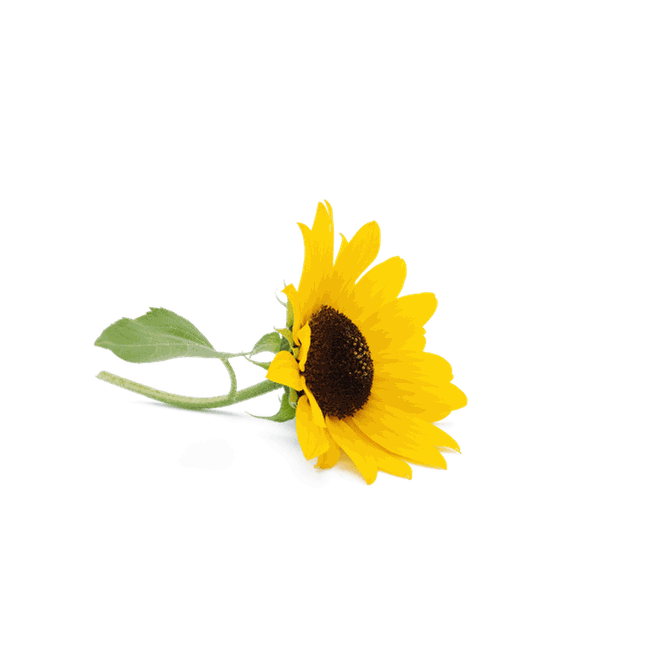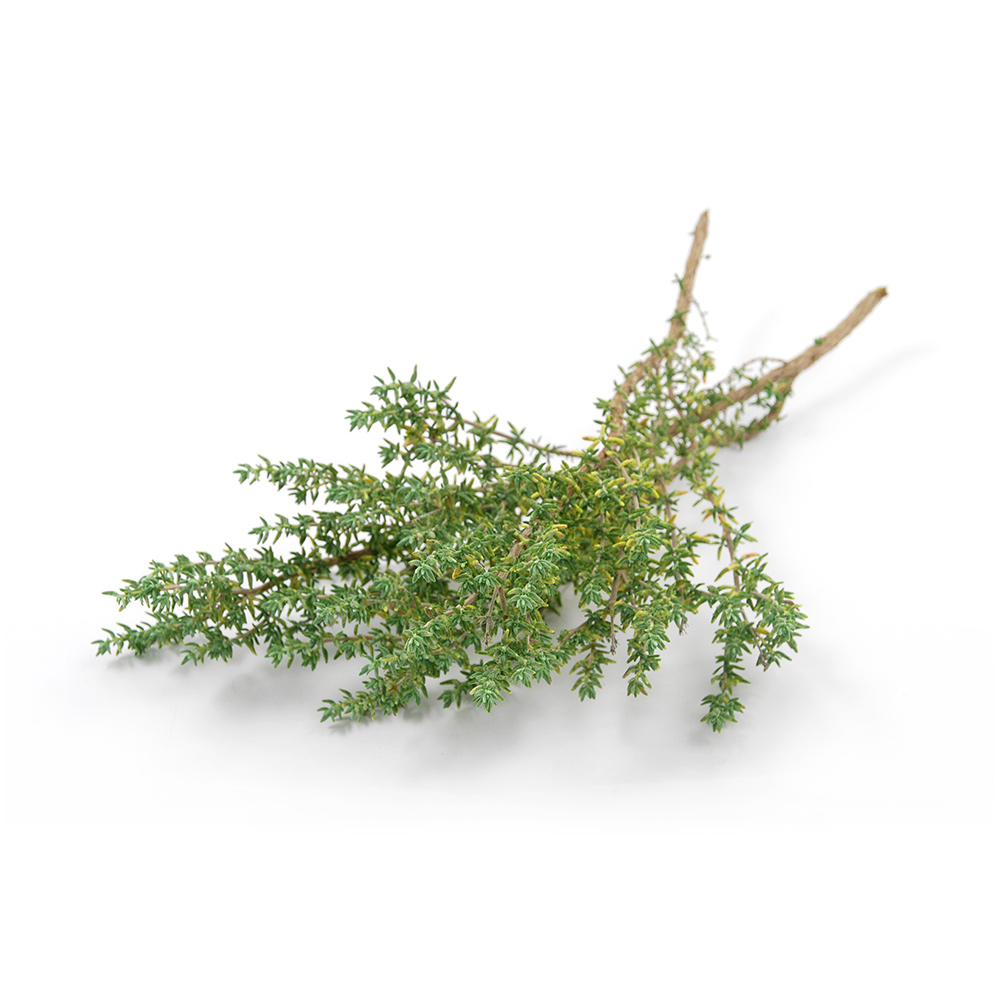Balcony & Patio
Botanists know 214 types of thyme but only a few of them are used as spices, herbs or a supplier of essential oils. The most common type is common thyme. The evergreen sub-shrub only grows to a height of 30 cm and forms a dense cushion. Its little sisters are lemon, orange and Breckland thyme, which spread beautifully on sandy areas, the tops of walls and waysides. All types of thyme are prized for their intense fragrance. If you buy thyme in a pot, it’s best to repot straightaway into a larger pot with a minimum diameter of 20 cm. Use a peat-free special soil for herbs.
Ways to use
Thyme is omnipresent in Mediterranean cuisine as a seasoning for pizzas, meat and tomato dishes. The leaves and tips are used fresh or dried. Thyme is one of the most versatile medicinal herbs and unobtrusively helps with general health. When drunk as a tea sweetened with honey, the herb helps to relieve coughs and bronchitis, for example. The herb is also recommended for problems with the digestive system and sleep disorders. However, during pregnancy, it should not be consumed in large quantities.
Location & Care
Thyme prefers a sunny spot protected from the wind. The water requirements are rather low. Thyme does not tolerate waterlogging. Water with soft water so that the plants thrive well.
Sow thyme as seeds in a pot on a bright windowsill at 18–20°C. Do not cover the seeds with soil. Thyme is one of the so-called light-dependent germinates, i.e. it needs lots of light for the seeds to sprout.
The best time for sowing is in March/ early April. Always keep the seeds beautifully moist but not too wet. The seedlings can be planted in your balcony pots or boxes from mid-May. You can also sow seeds directly in tubs and boxes at this time.
Thyme needs Organic Multipurpose Plant Feed liquid fertiliser every four weeks.
To harvest, cut the tips and leaves all year round. They can be used fresh or dried.
In winter, perennial thyme needs a covering of branches or straw. This is especially necessary in the first year after planting. Cut back shoots that are too long before the first frost.
Typical problems and diseases
There are no known problems with thyme. It tolerates being dry rather than wet and root pressure, i.e. cramped conditions caused by spreading neighbouring plants or containers that are too small.




